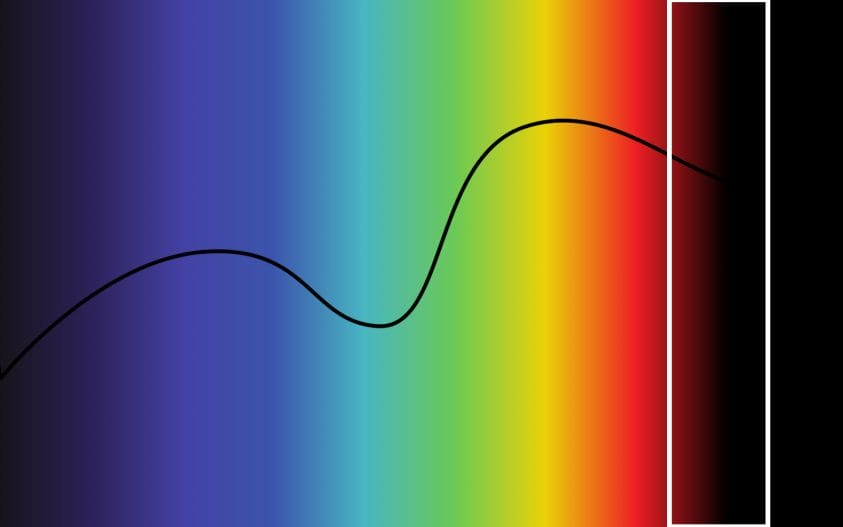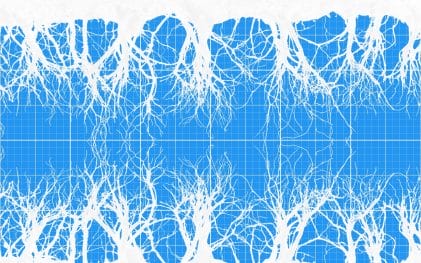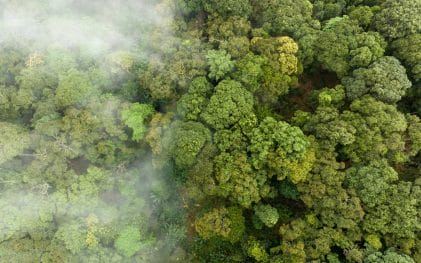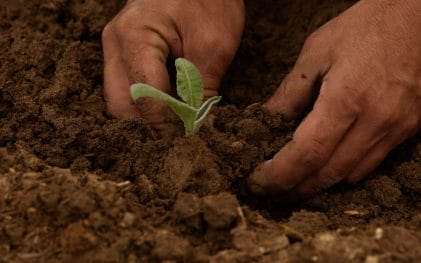Latest technology
How Does the Red-to-Far-Red Fluorescence Ratio Reveal Plant Stress?
The red-to-far-red fluorescence ratio is sensitive to changes in environmental and growing conditions; therefore, it can be used as an early indicator of plant stress. Photosynthesis, especially the sensitivity of photosystem II (PS II) to stress, is leveraged while using the ratio. The red-to-far-red ratio has several practical applications in precision agriculture and in developing… Continue reading…

Additional reading
What Is Root System Architecture and Why Is It Vital for Growth?
The root system architecture (RSA) is dynamic and can change due to age, environmental conditions, and nutrient status within a species or plant. RSA plays a significant role in the underground basic plant functioning of anchorage and foraging for nutrients and water. RSA changes to respond to abiotic stresses in soil, like temperature, drought, salinity,… Continue reading…
How Does Plant Architecture and Water Use Efficiency Impact Crop Yields?
The effects of different plant architectures on population-level evapotranspiration are not well-known. Plant architecture influences population structure, thereby altering the microclimate. Soil water use can be reduced through shading to minimize evaporation and by reducing canopy temperature. Around 97-99% of the water absorbed by plants is lost as transpiration. As water shortages are increasing and… Continue reading…
Can Boosting Photosynthesis Efficiency Improve Crop Yields?
Photosynthesis efficiency is very low, averaging 1-3.5% in the fields, and is the next bottleneck for increasing grain production. Photosynthesis has not been a primary target of improvement in crop breeding programs aimed at increasing yields. Scientists estimate that photosynthesis efficiency must be increased by 50% to meet future global food security requirements. The rate… Continue reading…
Why is Riparian Canopy Cover important for Water Quality and Wildlife
Riparian zones are the transitional areas between water bodies and uplands. Riparian zones provide several ecosystem benefits, such as bank stabilization, water quality and temperature maintenance, lowered downstream flood risks, and wildlife habitat and food. Many of the riparian zone benefits depend on a healthy old-growth canopy cover. Canopy cover and shade of riparian zones… Continue reading…
Adapted Plant Traits in Riparian Zones
Riparian plants have anatomical and morphological adaptations that help them persist in the dynamic and variable conditions of the ecotone. Plant adaptations in the riparian ecotones occur in response to periodic flooding, anoxia, low luminosity, and unstable substrate. The adaptations can be in the shoot, leaves, and root systems. Adaptations vary based on life forms,… Continue reading…
Canopy Cover Research 2024: 5 Breakthrough Findings You Need to Know
In 2024, studies focused on the combined effects of canopy cover along with those of other vegetation traits and environmental conditions. The crucial role of canopy cover in plant drought response strategies in various ecosystems and applications is an emergent theme. Canopy cover is also essential in studies promoting sustainable solutions from urban cooling, regenerative… Continue reading…











